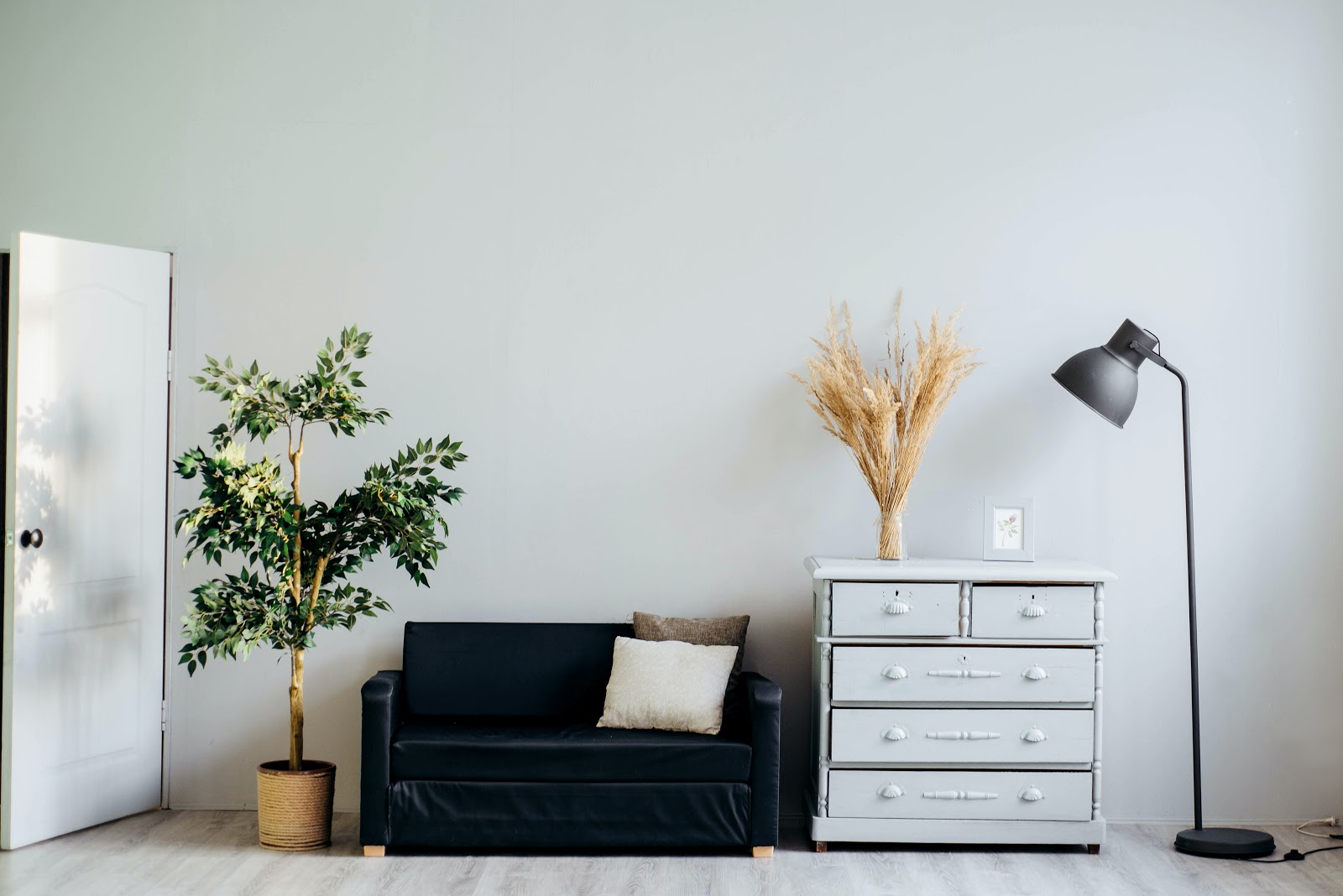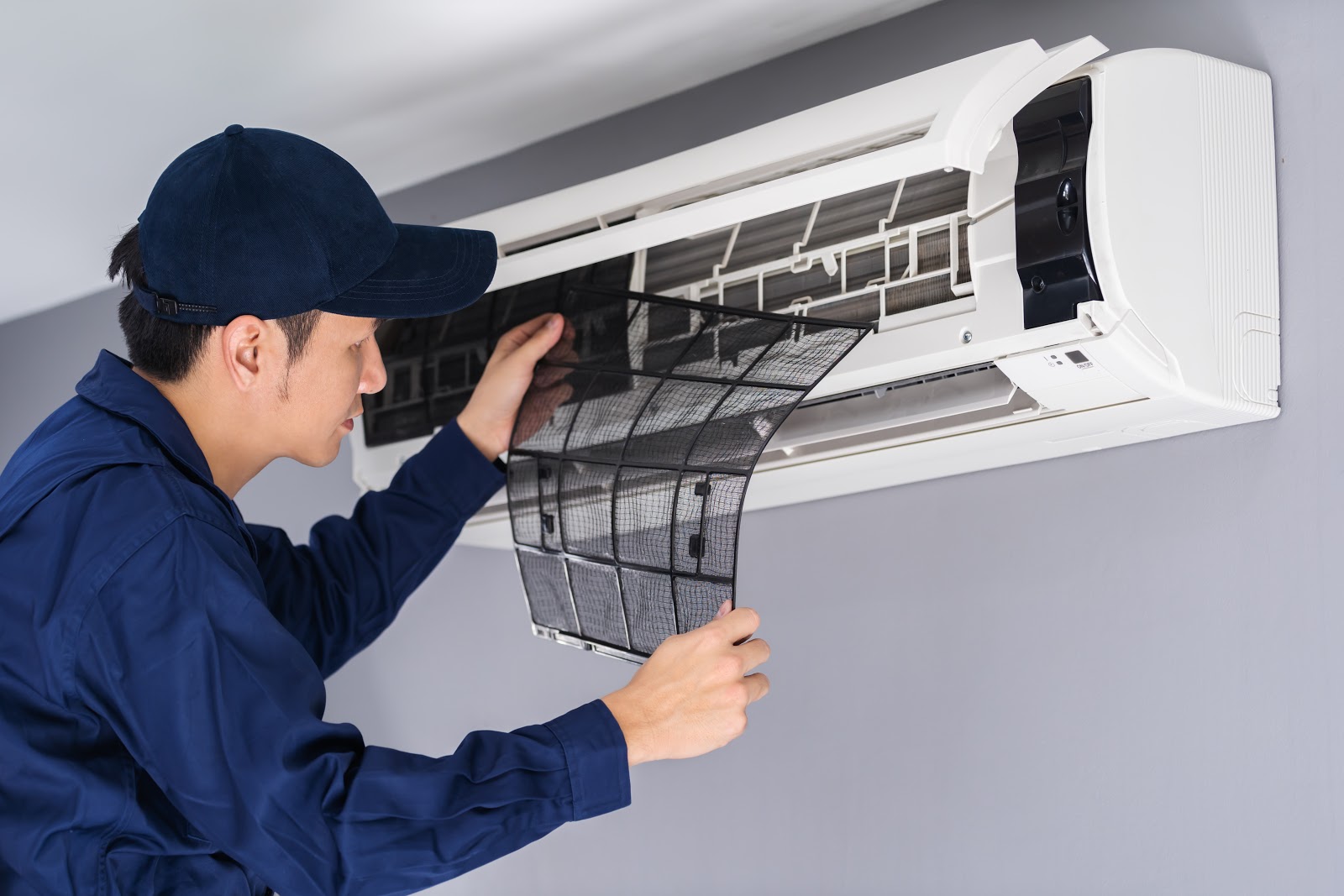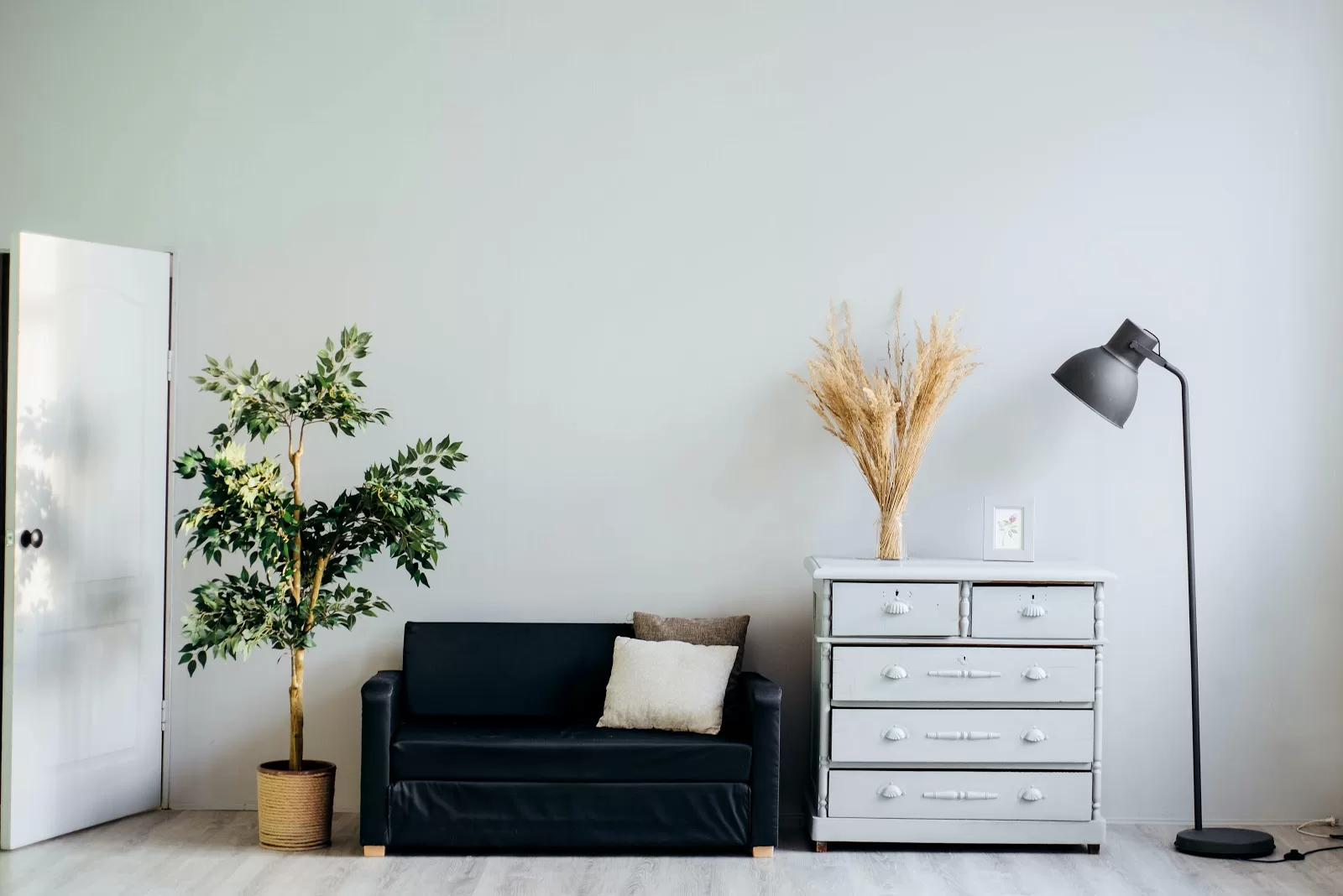
Staleness is not a pleasant quality in anything – water, food, and even air. Stale air occurs indoors where there isn’t proper ventilation or circulation – air inside a room or area becomes old and as it sits, it begins to smell musty. Stale air is unpleasant in any season, though as Queenslanders often spend more time indoors in summer due to hot weather for both home and work life, they will likely notice and be impacted by it more.
Closed windows with the air conditioning on in summer provides no natural ventilation; however, understandably, opening windows in the Aussie heat is simply unbearable. That being said, research shows that as we spend more time indoors with unventilated air, we expose ourselves to certain health risks. According to Healthy Building Systems Australia, up to 50% of all illnesses are caused by unhealthy indoor pollution. Stale air harbours pollutants that have no chance of escaping in a sealed room or area. So, what do you do?
Air-rite Solutions are residential and commercial HVAC contractors and today, we’re going to take a closer look at what exactly stale air is and how it can be removed for ultimate air quality and freshness.
What is Stale Air?
When air sits for an extended period of time in a room or area with no circulation or place to escape and replenish, it becomes stale. Stale air is no longer fresh and often carries an unpleasant smell or feels stuffy. Stale air is often caused by the build-up of chemicals, where the ratio of airborne contaminants to oxygen increases, as well as caused by humidity in the air.
These contaminants mostly include biological by-products (e.g. exhaled carbon dioxide and microbial volatile organic compounds (MVOCs)). MVOCs are carbon-based molecules that can cause a room to smell even in the smallest colonies. MVOCs are caused by the growth of bacteria and fungi and are responsible for strong and distinct musty odours. In addition to this bad smell, bacteria and fungi can create ammonia, sulphurous compounds and other VOC metabolic waste products that exacerbate bad smells.
Stale air is mainly a problem for homes that are left unattended for extended periods of time and poorly designed home and office spaces. Air-tight energy-efficient doors and windows can contribute to stale air and poor indoor air quality. While these features were built and designed to prevent unwanted airflow out of the home to keep cool or warm air in, they also block out fresh air from entering the home.
What Causes Stale Air?
Stale air refers to indoor air that lacks freshness and may feel stagnant or unpleasant. Several factors can contribute to the development of stale air in indoor environments. Here are some common causes:
- Inadequate ventilation: Poor ventilation is one of the primary culprits behind stale air. When fresh air from outside is not properly circulated or replaced with stale indoor air, it can lead to a buildup of pollutants, odors, and excess humidity. Inadequate ventilation can be a result of sealed or poorly designed buildings, closed windows, or a lack of functioning ventilation systems.
- Limited airflow: Insufficient airflow within a room or throughout a building can contribute to stagnant air. This can occur in spaces with restricted air circulation due to closed doors, blocked air vents, or improper placement of furniture and objects that impede the flow of air.
- Lack of outdoor air exchange: If a building is tightly sealed or relies heavily on recirculating indoor air, it may lack the necessary exchange with outdoor air. Without a regular influx of fresh outdoor air, indoor air can become stale and accumulate pollutants.
- Poor indoor air quality management: Indoor pollutants, such as dust, pet dander, volatile organic compounds (VOCs) from cleaning products or building materials, and chemicals from household products, can accumulate over time and contribute to stale air. Inadequate cleaning practices, improper storage of chemicals, or smoking indoors can exacerbate the problem.
- High humidity: Excessive moisture in the air can lead to increased humidity levels, creating a breeding ground for mould, mildew, and bacteria. These can produce unpleasant odors and contribute to a stale environment.
- Lack of maintenance: Inefficient or poor HVAC maintenance, clogged air filters, and neglected ventilation systems can hinder proper airflow and contribute to stale air. Accumulated dust, dirt, or debris in these systems can also impact air quality.
- Occupant activities: Human activities such as cooking, cleaning with harsh chemicals, or smoking indoors can release pollutants into the air, leading to stale odors and reduced air quality.
- Environmental factors: External sources, such as nearby industrial activities, construction sites, or polluted outdoor air, can also impact indoor air quality and contribute to a sense of stale air.
To combat stale air, it is important to address the underlying causes. Improving ventilation, promoting airflow, practicing regular commercial air conditioning maintenance, and minimising pollutant sources are key steps to enhance indoor air quality and create a fresher and healthier environment.
Is Stale Air Bad For You?
Stale air: is it a minor annoyance or legitimate cause for concern?
Well, it can be both. Generally, exposure to the accumulation of bad smells and humidity is not necessarily bad for you, particularly if your exposure is minimal and irregular. If you have a stuffy room that you rarely use, it’s probably not going to be too much of a problem (though keep in mind that humid air can lead to mould and fungus growth). Do try to circulate fresh air throughout this space when possible though, as pollutants will keep building up as air sits, which can cause greater air quality issues.
On the other hand, if your exposure to this stale room or area is quite frequent, you could be putting yourself at risk to some health conditions. Chronic MVOC exposure has been linked to eye, nose and throat irritation, coughing, wheezing, fatigue, headaches and other symptoms associated with sick building exposure. This can be worse depending on whether certain toxins or chemicals are present and to what degree.
Taking Action
Unfortunately, most people fail to make the connection between potential minor, common health symptoms (headaches, low energy levels, dry eyes) with air in their environment. They let it go on for long periods of time and their health worsens.
This is especially true if your work environment contains stale air; this innocuous problem can affect your health and productivity. To detect poor air quality, it’s good to become aware of how you’re feeling in a work or home environment.
Have you been feeling a bit off lately and don’t know why? Perhaps it’s the air quality.
It’s also a good idea to address this issue, as poor air quality and stale air may be an indicator of larger problems, such as mould and mildew. It’s important to pinpoint the source or cause and address odd, unpleasant smells in a timely manner to prevent the situation from worsening.
Stale air may indicate that a room is retaining moisture in walls, ceilings, or floors; if untreated, this can cause mould and mildew, and subsequently produce health issues. The issue of household and workplace air pollutants is particularly a problem in the developing world where these pollutants are one of the leading causes of disease and premature death, according to the World Health Organisation.
Due to better air quality and the use of residential air conditioning, there aren’t as many adverse health effects in the developed world; however, breathing in stale air overall isn’t a healthy experience.
7 Ways to Remove Stale Indoor Air
Unfortunately, simply spraying over stale air will not accomplish anything, and will probably actually make this air even more unbreathable. However, there are other steps you can take; at the root, removing stale air is all about increasing a room’s ventilation and adjusting its humidity levels. So, let’s look at how you can do this.
1) Modify Cleaning Habits
Keeping the area clean will help with stale and smelly air issues; however, harsh cleaning products or air fresheners should not be used in rooms with poor ventilation, as such commercial cleaning products release volatile organic compounds (VOCs) which linger and worsens air quality.
The American Lung Association notes VOCs present in many common cleaning products (bleach, rug and upholstery cleaners, detergents and dishwashing liquids, air fresheners), it’s important to read labels and avoid products with high amounts of VOCs.
Try to use gentle products or natural substances when possible, such as baking powder, white vinegar, and citrus blends – these make cleaning routine healthier and less expensive, and they’re better for the environment.
2) Air Filter Maintenance
High-quality air filters can eliminate contaminants like dust mites and pet dander from the air, on top of finer particles such as MVOCs. Air purifiers and air conditioners contain air filters that will do the job well; however, there’s no use in using these if the filter hasn’t been cleaned or changed in a while as the returned air will be just as poor (and possibly still smelly).
We always recommend that people aim to change the HVAC system’s air filter every 1–3 months. Dirty and clogged filters reduce efficiency and effectiveness of ventilation. Thankfully, we provide a step-by-step guide on how to change your filter and disinfect your air conditioner. If this is something you cannot do for yourself for whatever reason, Air-Rite is here to help. We can send a HVAC technician out to service your air conditioner and check that it’s working in optimal condition.
3) Ceiling Fans
Using ceiling fans regularly (if you have them already installed) is one of the easiest ways to ensure airflow through your home or workplace. Ceiling fans are great at circulating air to keep it fresh. If you don’t already have ceiling fans, you could always get them installed; however, this can be an expensive process, and if you’re already tossing up between a fan and an air conditioning unit, then the air conditioner is probably going to be better value for money on account of its temperature control and heating potential.
4) Exhaust Fans (In Kitchen, Bathrooms, Laundry Room)
These help to remove stale and humid air and are especially important in enclosed rooms where moisture builds up, such as the bathroom.
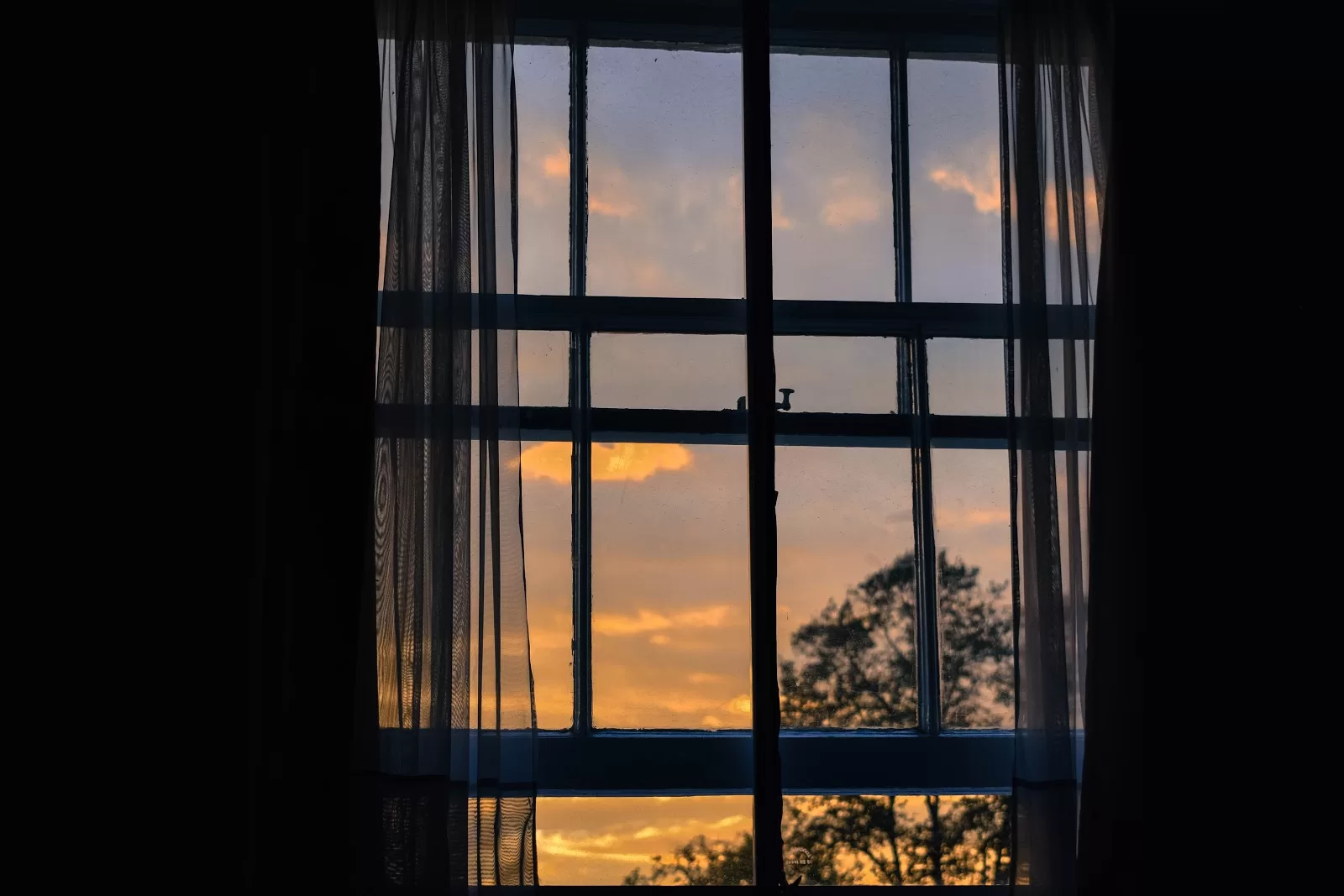
5) Opening Windows
Again, this is a very simple yet effective solution; however, if you’re experiencing stale air in an enclosed office block, then this may not be possible. Sometimes particular rooms are built without windows and it’s too expensive to install one. In this case, the ceiling fan or air conditioner will be able to freshen up your air.
6) Air Purifier
Air purifiers are great at extracting stale air, filtering it, and emitting fresh, clean air into the home. They are smaller in size so are effective if you don’t have much space. However, to cover a larger area, you’ll want to look into a fan or air conditioner. Another type of air purifier that you might want to incorporate is indoor plants! The right indoor plants can absorb any pollutants from the air and can help purify the air.
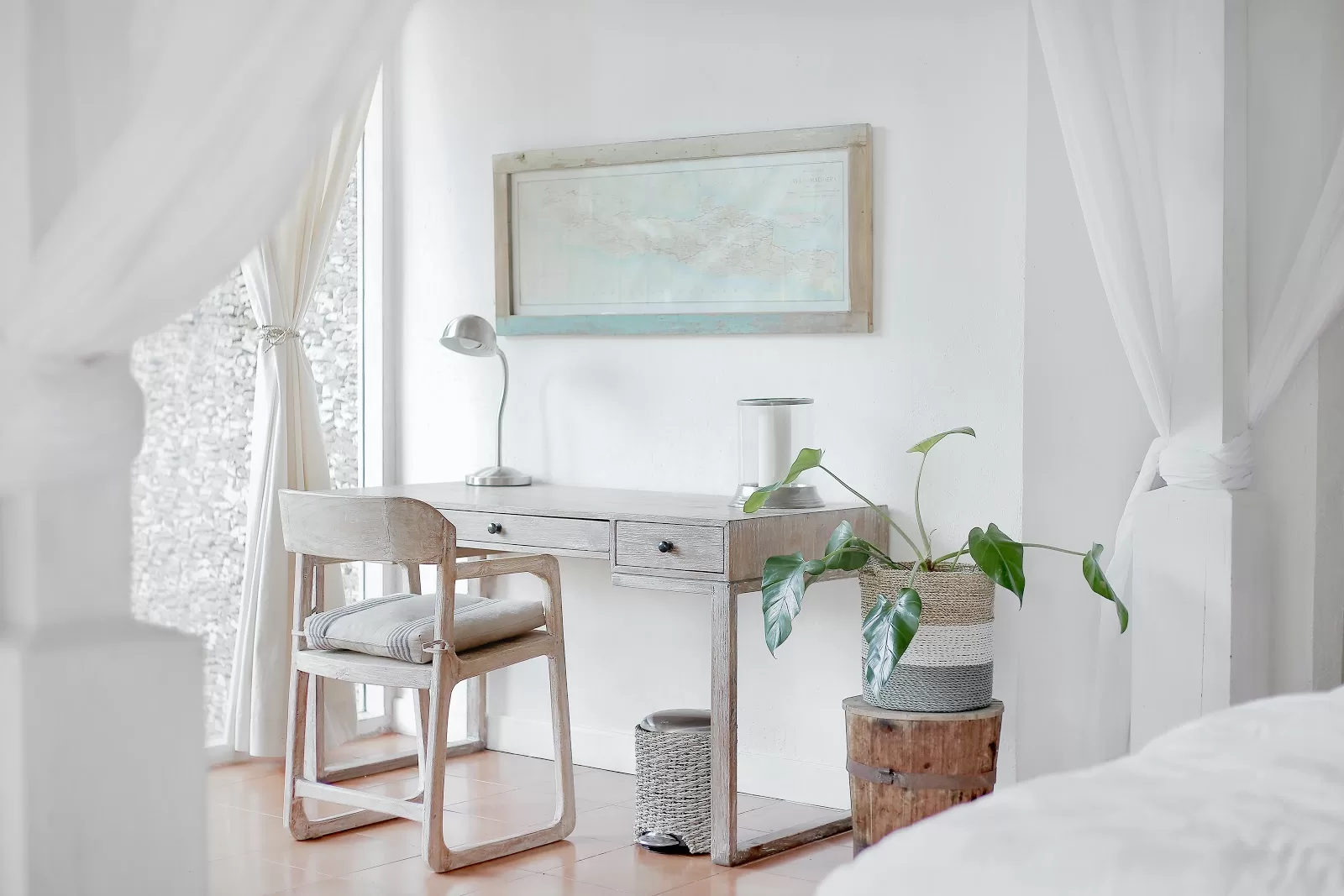
7) Air Conditioner with HEPA Filters
The best air conditioning units have HEPA filters; these filters are the same as the ones used in high-quality vacuum cleaners. They work great because they help quietly filter air without you even knowing, and remove even the finer, more harmful air particles (and not just larger dust particles which are more easily cleaned).
They also cycle through fresh air and push out clean, clarified air. These easily improve air quality without much work and are available in a range of Fujitsu, Haier, Mitsubishi air-conditioners – you can find these and much more at Air-Rite.
Quick Tips for Improving Stale Air Quality
Improving stale air quality can significantly contribute to a healthier and more comfortable indoor environment. Here are some tips to help you achieve better air quality:
- Increase ventilation: Proper ventilation is crucial for circulating fresh air and removing stagnant or polluted air. Open windows and doors when weather conditions permit to allow natural airflow. Additionally, use exhaust fans in kitchens, bathrooms, and other areas prone to moisture and odors to expel stale air.
- Use air purifiers: Air purifiers with HEPA (High-Efficiency Particulate Air) filters can help remove airborne pollutants, allergens, and odors from the indoor air. Consider placing them in commonly used rooms or areas with poor air circulation.
- Regularly clean and dust: Dust and other particles can accumulate over time and contribute to stale air. Dust surfaces, vacuum carpets and upholstery, and clean curtains or blinds regularly to minimise dust buildup. Pay attention to often-overlooked areas like ceiling fans, air vents, and baseboards.
- Maintain a clean environment: Regularly clean and declutter your living space to minimise the accumulation of dust, pet dander, and other allergens. Keep surfaces, floors, and furniture free from dirt, mould, and mildew.
- Control humidity levels: High humidity can promote mould and mildew growth, leading to stale and musty air. Use dehumidifiers in damp areas, such as basements or bathrooms, to maintain optimal humidity levels (around 30-50%). Conversely, in dry environments, using a humidifier can prevent overly dry air, which can cause respiratory discomfort.
- Avoid smoking indoors: Smoking indoors releases harmful chemicals and pollutants into the air, significantly degrading air quality. Establish a smoke-free environment within your home to improve indoor air quality.
- Use natural air fresheners: Instead of relying on artificial air fresheners, which can introduce potentially harmful chemicals, opt for natural alternatives. Freshen the air with natural scents like essential oils, natural potpourri, or fresh flowers.
- Eliminate or minimise pollutant sources: Identify and address potential sources of indoor pollutants. This may include reducing the use of certain household chemicals, ensuring proper ventilation when using paints or cleaning products, and avoiding the accumulation of volatile organic compounds (VOCs) from building materials or furniture.
- Regularly change air filters: If you have a forced-air HVAC system, regularly check and replace air filters as recommended by the manufacturer. Clean filters promote proper airflow and prevent the recirculation of dust and allergens.
- Test for and address radon and carbon monoxide: Radon and carbon monoxide are hazardous gases that can negatively affect indoor air quality. Consider testing your home for radon and install carbon monoxide detectors to ensure a safe living environment.
Remember that improving air quality is an ongoing process, and results may vary depending on the specific circumstances of your home. If you have persistent air quality issues or concerns, it’s advisable to consult with a professional air quality expert or HVAC contractor for a comprehensive assessment and personalised recommendations.
If Indoor Air Quality Issues Persist…
After you’ve exhausted all your options (and have viewed our article on improving your indoor air quality as well as our article on how to fix your smelly air conditioner) it may be time to call in the professionals. Air-Rite Solutions provides commercial air conditioning service, to help all Australians with their air quality control. To schedule a professional cleaning or maintenance service or have a new system installed, reach out to Air-rite on their 24/7 phone line or by sending us a message online.

